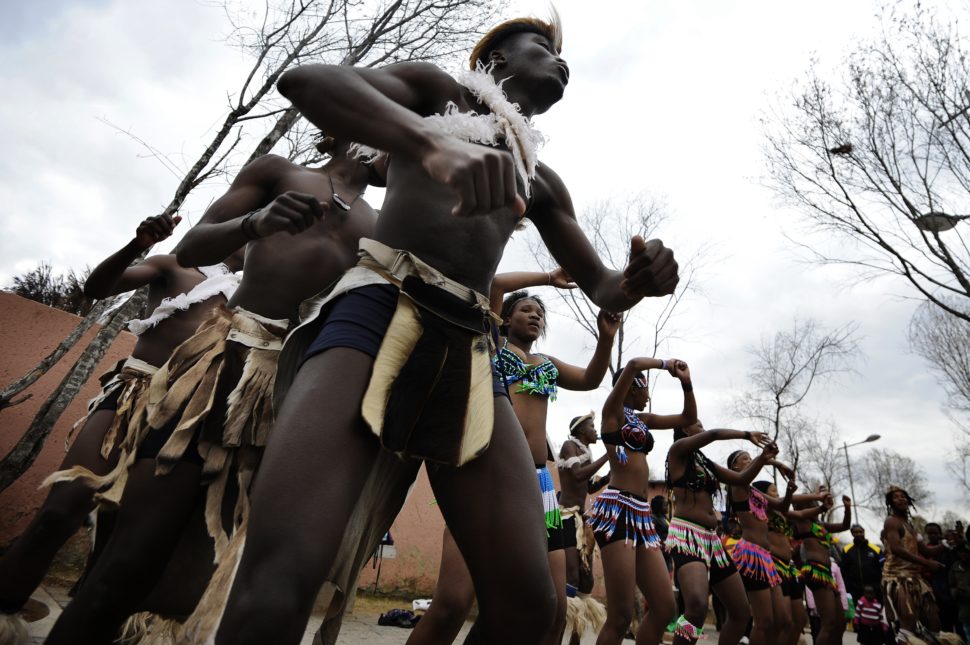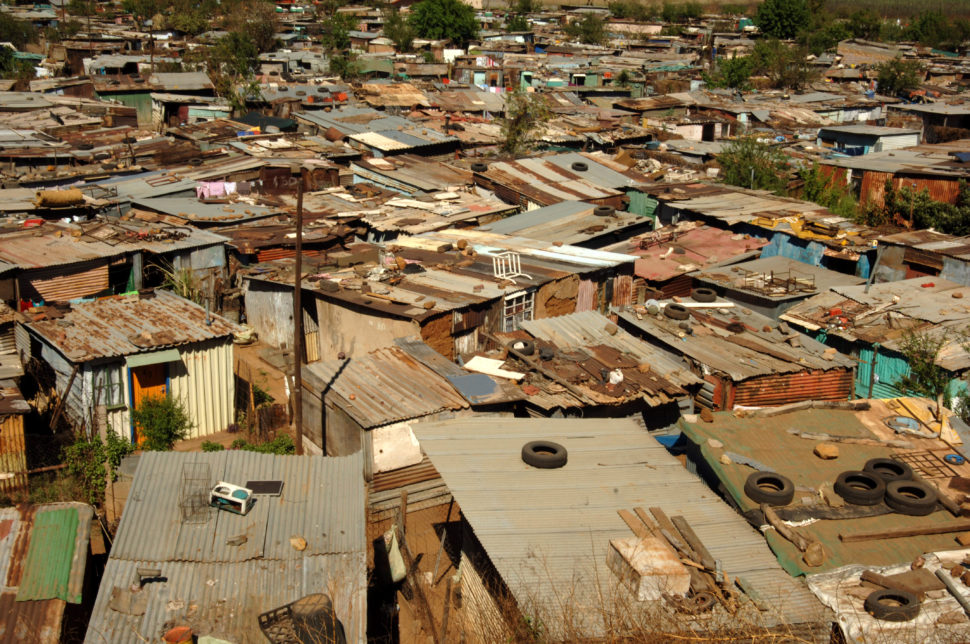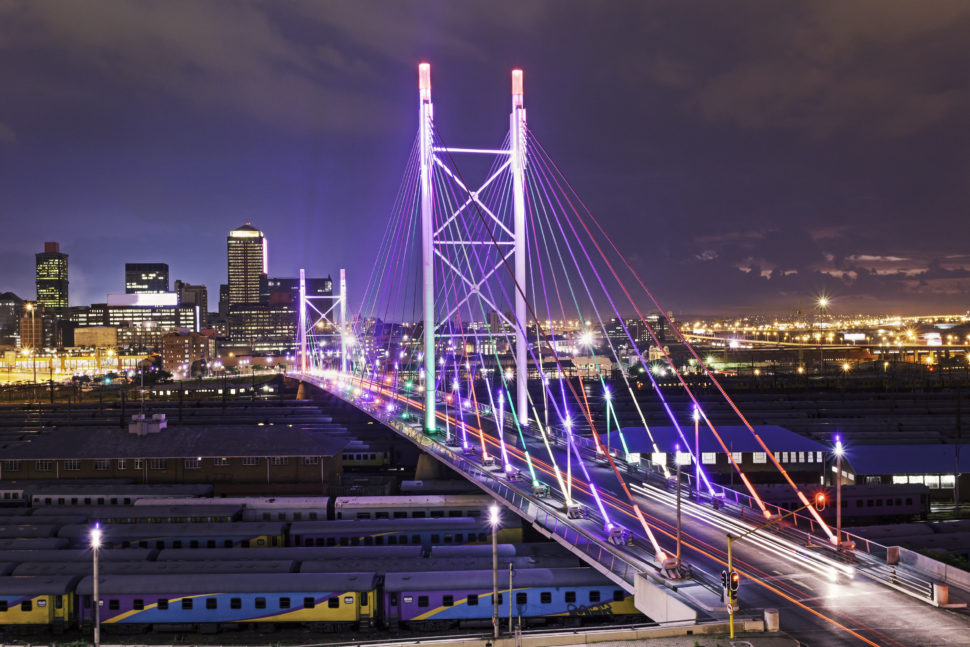Soweto is a neighborhood in Johannesburg that draws thousands of visitors each year. It’s a fascinating place like no other in South Africa. From its rich history, museums, and local cuisine, Soweto offers a variety of things to do and see for every traveler.
Related Post: 7 Must-Have Experiences in South Africa
Short for South Western Townships, Soweto was created in the 1930s when the government started separating blacks from whites. With a population of more than 1 million, Soweto became the largest black city in Africa as the government forced blacks to relocate from their neighborhoods during apartheid, according to South African History Online.

Soweto is widely known for a series of demonstrations led by thousands of black school-aged students in 1976 to protest the introduction of Afrikaans in local schools. Students were met with police brutality and hundreds of children lost their lives at the hands of law enforcement.
June 16 is now a public holiday in South Africa known as Youth Day to commemorate the children.
Here’s what else you should know about Soweto:
Related Post: Johannesburg, South Africa: Best Local Cuisine
1. It started off as a temporary settlement for
When gold mining began in Johannesburg in the 1880s, it became widely known as the South African city built on gold.
Blacks could only obtain status as temporary residents to work in the city of Johannesburg.
The inner city was later reserved for white occupation as the system of institutionalized segregation known as Apartheid took place.
2. The city was developed the township for black people under the apartheid system
The township was created as temporary housing for black laborers who worked in the gold mines and other industries in the city of Johannesburg, away from the city center.
Most of the struggle against apartheid was fought in and from Soweto. Soweto was the center of political campaigns aimed at the overthrow of the apartheid state. Many of the sights you will encounter in Soweto hold political significance.

3. Speaking of sights of significance
Soweto has a number of places that are significant to history.
One of the main attractions in Soweto is the house of former President of South Africa, Nelson Mandela. Now called the Mandela Family Museum, here is where you will learn authentic history about Nelson Mandela’s life before prison and after.
The Hector Pieterson Memorial and Museum was established to honor the role of the country’s students in the struggle against apartheid.
The two commemorative sites are just few blocks from where Hector Peterson was shot on June 16, 1976.
Regina Mundi is the largest Roman Catholic Church in South Africa. This church is significant because they opened its doors to protesting students during the 1976 Soweto student uprisings.
Vilakazi Street is the only street in the world that have housed two Nobel Prize winners: the former President Nelson Mandela and Archbishop Desmond Tutu, according to Mount Zion Tours.
Vilakazi Street is home to beautiful public art, memorials and benches.
Orlando Power Station, also known as Orlando Towers, is a decommissioned power station in Soweto. The power station constructed made at the end of WWII and served Johannesburg for over 50 years. Today, the towers are the most distinctive landmarks in Soweto and a popular place where tourists bungee jump from.

4. It’s not clear how many children died during the historic protest
No one knows exactly how many people died but estimates range from 150 to 700, as reported in the Guardian.
5. Soweto has its own media industry
The township has created several home grown media enterprises that are dedicated to township coverage, according to AFK Travel.
Soweto TV, a community TV channel, offers local news to residents, while the township’s newspaper, “The Sowetan,” has a readership of more than 1.6 million.
6. Soweto is a vibrant place known for setting trends:
Even with its struggles in the past, Soweto is vibrant and a place of historic significance beyond South Africa. Soweto has paved the set the trend in politics, fashion, music, dance






